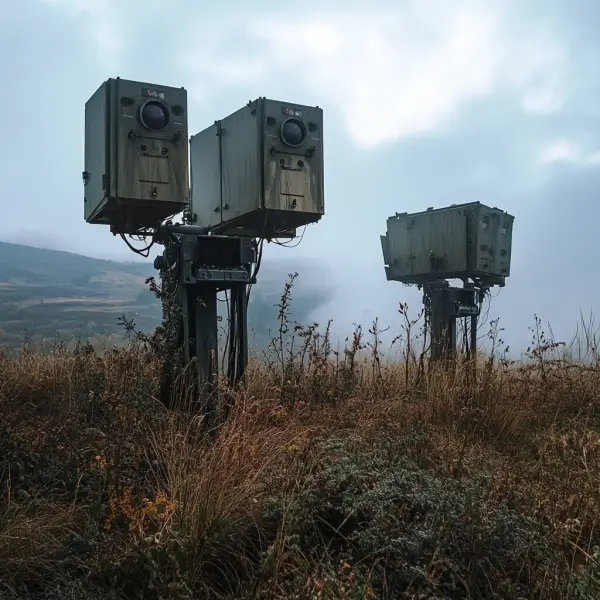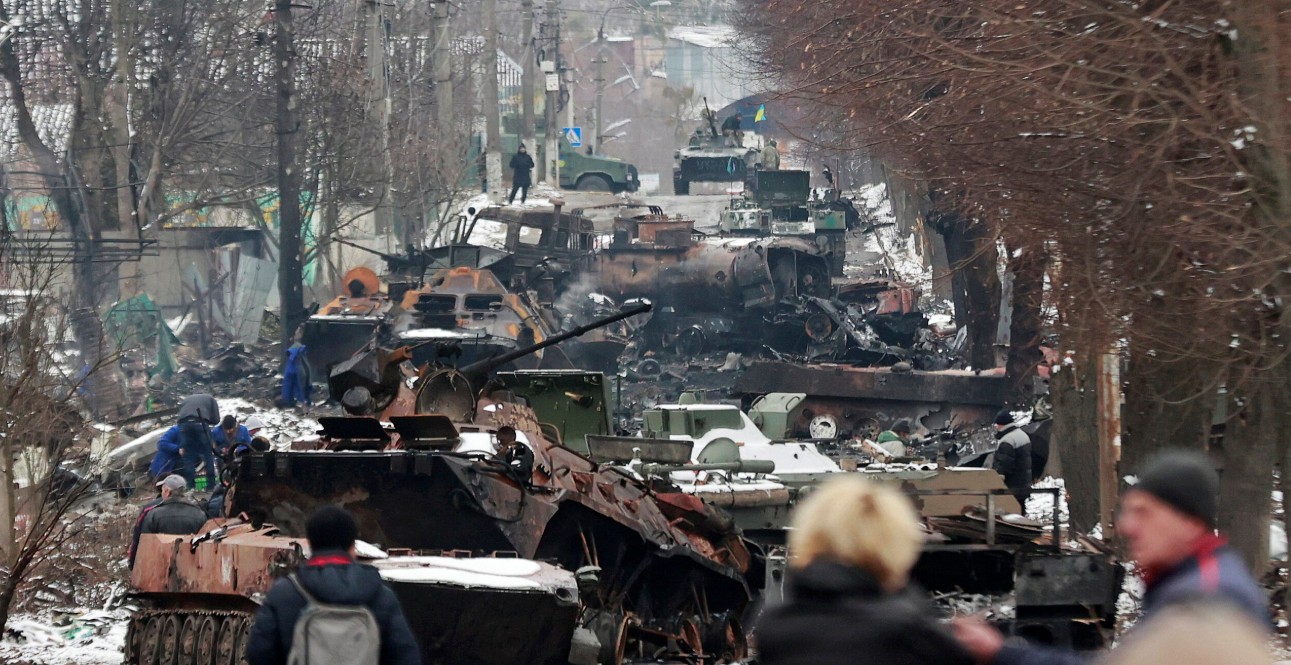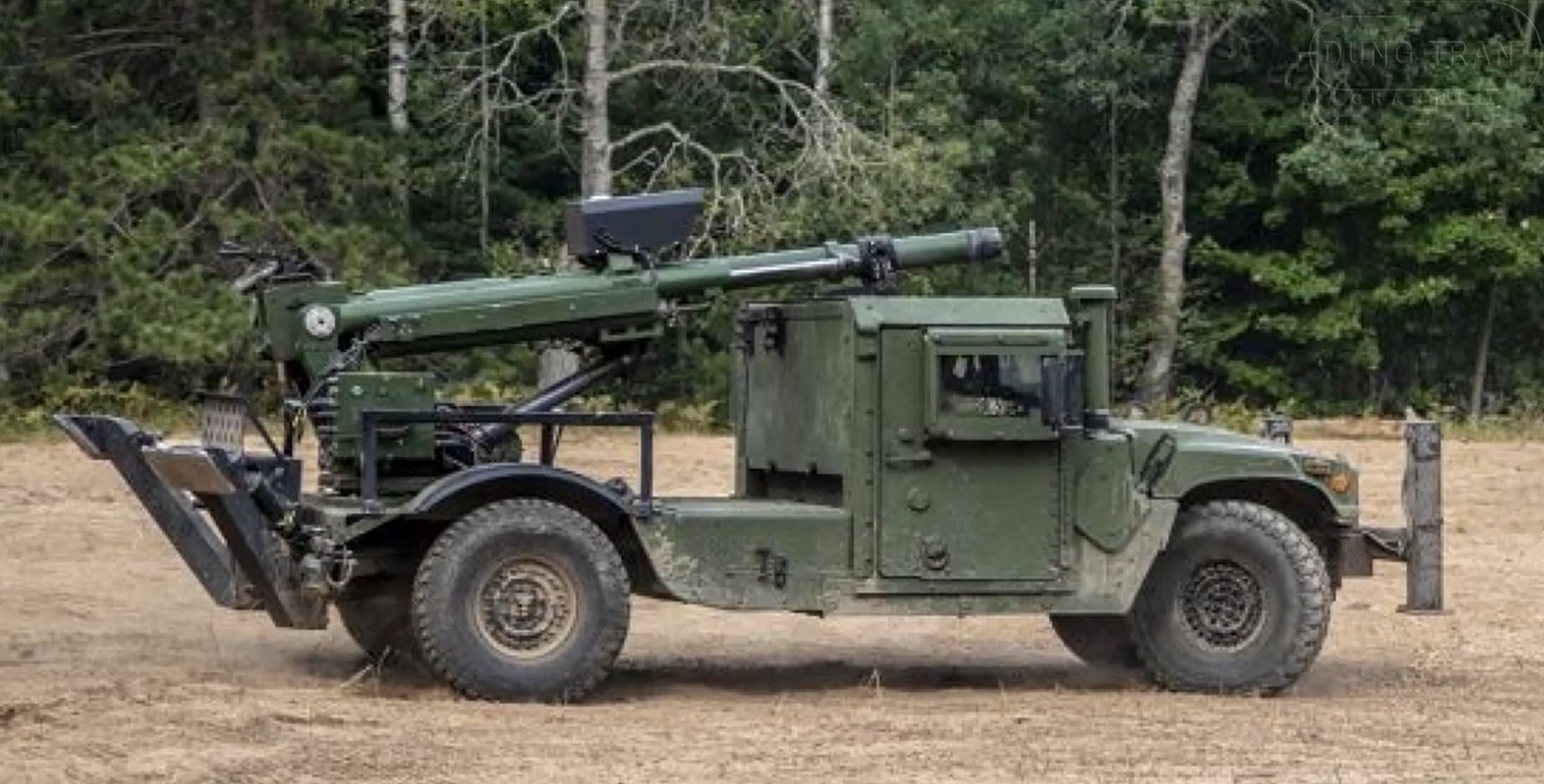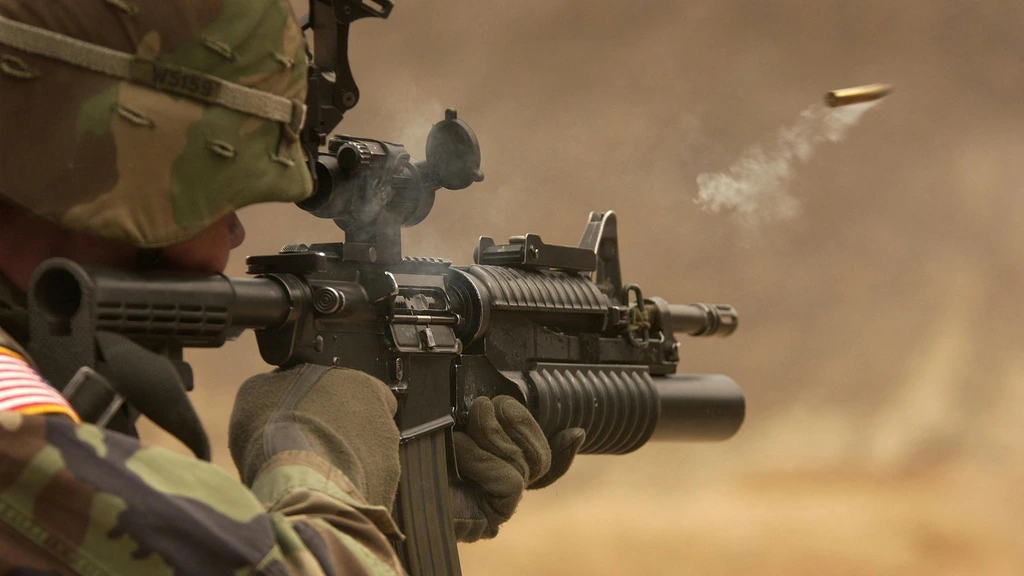Counter Battery Radars (CBRs) are advanced radar systems designed to detect, locate, and track enemy artillery, rocket launchers, and mortars. These sophisticated systems are a critical asset for modern armed forces, providing real-time data that enables rapid and accurate counter-strikes. By detecting the trajectory of incoming projectiles, CBRs calculate their point of origin, allowing friendly forces to neutralize threats quickly and efficiently.
Key Features and Capabilities
Modern CBRs boast numerous advanced features, making them indispensable on the battlefield. Some notable capabilities include:
- High Accuracy: Employing sophisticated algorithms and high-resolution sensors, CBRs offer precise target location data.
- Rapid Response Time: CBRs are designed to provide near-instantaneous detection and tracking, allowing for timely countermeasures.
- All-Weather Operation: These systems are capable of operating under various environmental conditions, including harsh weather and complex terrain.
- Mobility: Modern CBRs are often mounted on vehicles, providing the flexibility to be deployed and repositioned as needed.
- Multiple Target Tracking: Advanced CBRs can track multiple targets simultaneously, offering comprehensive battlefield awareness.
Technical Specifications
| Feature | Details |
|---|---|
| Range | Up to 50 km |
| Accuracy | Within 10 meters |
| Deployment Time | Under 10 minutes |
| Operating Frequency | X-Band, Ku-Band |
| Power Supply | Vehicle-mounted or standalone generators |
Leading Systems in the Market
There are several advanced counter battery radar systems currently available, each with unique strengths:
- AN/TPQ-53: Developed by Lockheed Martin, this radar offers enhanced detection capabilities and is known for its flexibility and mobility. It is extensively used by the U.S. Army.
- ARTHUR: The ‘Artillery Hunting Radar’ by Saab provides rapid and accurate detection of artillery, rockets, and mortar fire. It is deployed by several NATO countries.
- Zoopark-1: A Russian-made counter battery radar known for its high accuracy and capability to handle simultaneous threats.
Operational Scenarios
Modern CBRs are pivotal in various military operations:
- Defensive Operations: With the ability to detect and respond to enemy fire, CBRs are instrumental in fortifying defense lines.
- Peacekeeping Missions: CBRs assist in monitoring and enforcing ceasefire agreements by providing precise data on artillery activity.
- Force Protection: By integrating with other defense systems, CBRs enhance the protection of troops and critical assets.
Challenges and Future Developments
Despite their advanced capabilities, CBRs face several challenges. Improvements are continually being made to address issues such as signal jamming, cyber threats, and the integration of emerging technologies:
- Resilience to Jamming: Advancements in anti-jamming technologies are crucial to ensuring CBRs remain effective in contested electromagnetic environments.
- Integration with UAVs: Future developments may see greater integration with unmanned aerial vehicles (UAVs), providing enhanced situational awareness and extended detection ranges.
- Cybersecurity: As these systems become more networked, robust cybersecurity measures are essential to protect against hacking and data breaches.
The continuous evolution of counter battery radars ensures that these systems remain a cornerstone of modern military strategy, providing critical support and enhancing operational effectiveness on the battlefield.









